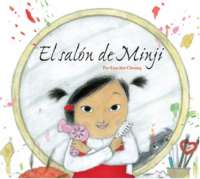
While her mother is getting her own hair done, Minji tries out every step of the process on the dog, using the articles at hand–including ice cream for hair dye.
Materials from Korea

While her mother is getting her own hair done, Minji tries out every step of the process on the dog, using the articles at hand–including ice cream for hair dye.
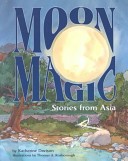
A retelling of four Asian myths that deal with the moon & its phases.
Porcupine and the sky mirrors (Siberia) — When the moon child came to live on earth (Japan) — The Fire Dog that bites the moon (Korea) — The plot to steal the moon (Burma).


In this third book featuring Yoon, lush impressionistic dreamscapes evoke a simple and timeless message: it is possible to trick a tiger.
Take a closer look at Yoon and the Jade Bracelet as examined in WOW Review.
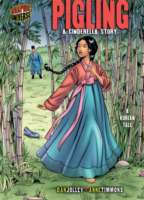
Cinderella has many different versions throughout the world, and this book is from Korea.
After Pigling’s mother dies, her widowed father remarries a wicked woman who has her own daughter. Her stepmother and stepsister make her life miserable. Pigling’s stepmother gives her three impossible tasks to complete, but with the help from magical creatures, she is able to complete the tasks. On her way to the festival, when a nobleman passes by and notices her, she is frighten and runs away. The nobleman finds the sandal that Pigling had lost. When he finds the girl whose foot the sandal fits, he proposes marriage on the spot.
This book is written in graphic format.
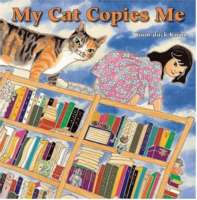
Gently explore the special bond between children and their pets. A shy little girl and her very independent cat, play, hide, and comfort one another. Both children and parents will appreciate how the cat soothes the little girl and silently encourages her to explore the bigger world and experience new things.
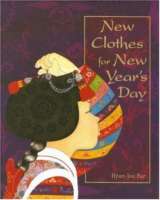
The New Year is the start of everything new. A young Korean girl prepares for celebrating the Lunar New Year’s Day, and the book shows a step-by-step description of her dressing in her outfit.
Featured in WOW Review Volume XI, Issue 3
This tender story was first published in a newspaper in 1938. This tale from Korea is universal–a small child waits for Mama at the station, asking the conductor if he has seen her. The conductor hasn’t, but cautions the child to wait a little farther from the tracks. It is cold and snowy but the child waits patiently until finally Mama comes.
This is written in Korean. The English-Korean edition book is also available.
Featured in Volume I, Issue 2 of WOW Review.

In this wordless book, Suzy Lee tells the story of a little girl’s day at the beach.